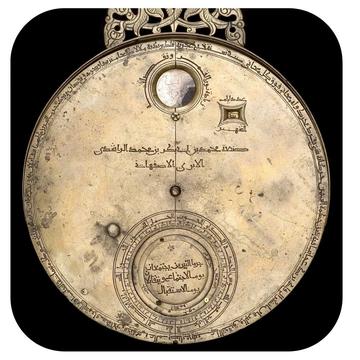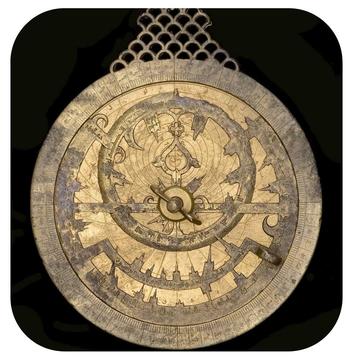The History of Science Museum holds the world’s largest and most significant collection of astronomical instruments from the Islamic world, yet their provenance, channels and mechanisms of acquisition are largely unknown.
As our museum strengthens its relations with source communities within Oxford — and its growing online presence reaches people within Islamic countries — we increasingly receive the same pressing question from our public, researchers and students:
“Why does the History of Science Museum possess these objects?”
The Finding and Founding Project forms a pilot effort to investigate the provenance of these instruments from the Lewis Evans collection for the first time.
Assembled in the late 19th and early 20th centuries, these objects constitute the most comprehensive and historically significant collection of early astronomical instruments from the Islamic world. They range chronologically from the 9th to the 19th century and geographically from Muslim Spain to colonial-era India — yet they are all kept in Oxford.
In a moment in which decolonisation movements increasingly press our University and our institutions for answers regarding provenance and the modes of acquisition of our objects — as well as their potential connections to colonial exploitation — it is paramount that the History of Science Museum is able to account for its collection.







